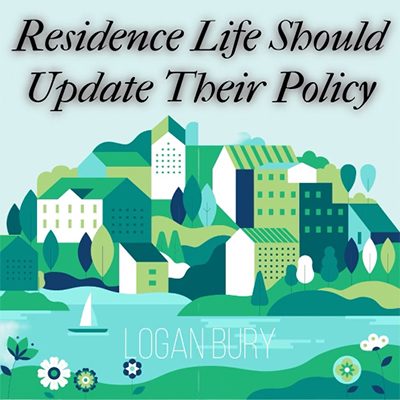The significance of equal opportunities in K-12 education
February 28, 2023
Education is one of the most important things a child can receive; from gaining confidence to raising your quality of life, education is highly beneficial. In addition, graduating from K-12 is a significant stepping stone to becoming an adult. Whether or not young adults decide to continue their education, K-12 should provide the stepping stones to succeed in the future. Unfortunately, in lower-income areas, there is a lack of higher-quality education.
Low-income areas typically have higher crime rates, housing uncertainty and inadequate school systems. In addition, according to the National Association of Secondary School Principals website, “Many impoverished families lack access to computers, high-speed internet (three-fourths of households currently have access to high-speed broadband), and other materials that can aid a student outside of school.”
Certain areas of Los Angeles suffer from poverty and poverty directly impacts the education system—taxes fund schools, leaving an unfair system and a disadvantage for specific schools.
Ashly Zuniga, who attended Marvin Elementary, Daniel Webster Middle School and Fairfax High School, all located in Los Angeles Unified School District.
“It was very diverse, definitely the majority of the students were Hispanic and Black, and the same goes with the teachers. So the majority was not rich and could be defined as the lower class,” Zuniga said.
Minority groups are the leading group to face poverty. In particular, Hispanics can face poverty due to citizenship status and the risk of deportation, leading to lower wages and unemployment.
Arely Romero, who attended Short Avenue Elementary, Mark Twain Middle School and Venice High School, said, “The school environment was said to be safe and an amazing learning center, but, in my experience, it was far from that.”
Though they attended different schools, the school district was still similar.
“LAUSD is a school district where they pride themselves on how diverse their schools are and how much effort they put into the school. However, from my experience, I did not see that,” Zuniga said.
According to the LAUSD website, there are over 600,000 students enrolled in the district and 73.8% of these students identify as Hispanic.
“I think classrooms needed upgrades. I would hear kids from other schools say it was terrible. They didn’t have enough supplies, and their books were bad,” Zuniga said.
Resources, books or classroom furniture, such as desks, were lacking and considered old and inadequate. Since many students are enrolled in a particular school district, there should be newer and a higher quantity of items for the high volumes of students.
“I feel like my education was never prioritized because when I wanted to ask for help, I was always turned down,” Romero said. “They would make me believe it was more my fault than their understanding that their teaching method was not working for me. My education could have been better if I had the extra help.”
Mental health is a very important aspect that is more commonly discussed today. However, there are still problems in trying to find resources to help. According to the Anxiety & Depression Association of America website, families facing poverty have difficulty affording treatment.
“Mental health was not a priority. During my time in school, this was something many students struggled with. Counselors would reject students, blaming them for their grades and laziness, which was something I was told in high school,” Zuniga said.
A lack of help, resources and support from staff and faculty members was what Romero and Zuniga felt was missing in their K-12 education.
“Some resources that were missing were extensive help. As a person diagnosed with ADHD, I don’t learn the same as many other students do. I learn best with hands-on learning, and that was not provided, which made learning difficult for me,” Romero said.
School should feel like a safe, accepting environment where all students receive the help they need to thrive in society as adults. In addition, low-income area students should have the same advantages and an equal opportunity to receive an education.












Aristek Systems • Aug 20, 2023 at 1:33 am
This article underscores the critical importance of equal opportunities in K-12 education, particularly in lower-income areas. It vividly portrays the challenges faced by students in such environments, from lack of resources and outdated materials to inadequate support for individual learning needs. The stories of Ashly Zuniga and Arely Romero shed light on the disparities and obstacles that many students encounter, emphasizing the urgent need for a more equitable education system that ensures every student’s success, regardless of their background or circumstances.